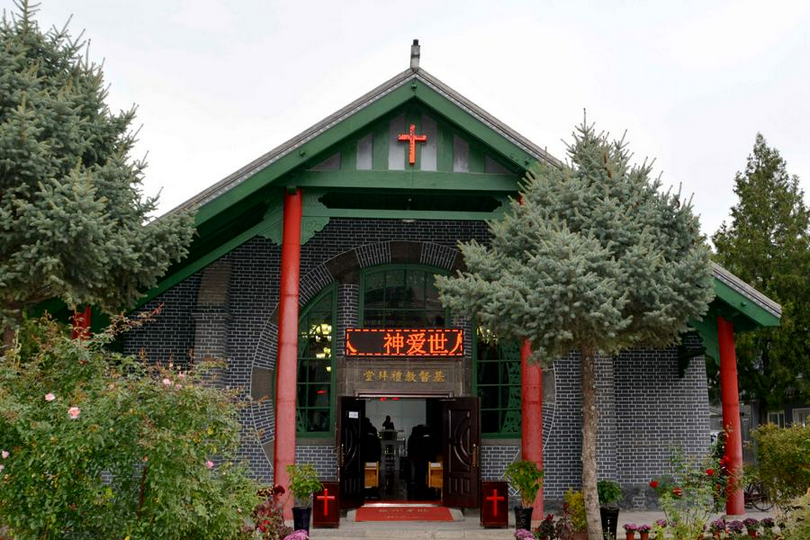Around November 9, China's National Fire Prevention Day, churches nationwide have been strengthening safety management and emergency response capacities. In Liaoning Province, Liaoyang Church has become a model with the launch and official operation of its "Emergency Digital Platform Integration" project, initiated in August this year, which provides new safeguards for the church's safety management and intelligent development.
The digital platform integrates functions including fire inspections, equipment monitoring, risk alerts, emergency response, and data reporting. It provides real-time monitoring of key areas, automatically identifies potential risks and hazards, and coordinates actions in line with the church's emergency response plan. During its trial period, the system proved effective in daily operations, markedly enhancing inspection standardization and emergency response efficiency.
Founded in 1888, Liaoyang Church traces its origins to an earlier chapel established in 1882 by Scottish Presbyterian missionaries, making it one of the earliest Christian churches in Northeast China. The current sanctuary, constructed in 1907 through donations following the martyrdom of Rev. James Allan Wylie, features Chinese-style roofing combined with Western architectural elements. Historically, it served as a central school and medical facility for the Liaohai Diocese, offering educational and public services to the community. Today, it is recognized as a Liaoning Provincial Cultural Relics Protection Unit and houses Liaoyang Municipal CC&TSPM, continuing its mission of religious and social service.
Rev. Wang Runtao, vice chairperson of Liaoning Provincial TSPM, emphasized that safety is essential for a venue where large numbers of believers gather. The upgraded intelligent, cloud-based digital platform integrates monitoring, early fire warning, emergency broadcasting, and evacuation guidance to provide around-the-clock, comprehensive surveillance and rapid response. This significantly strengthens disaster response efficiency, safeguards congregants, reduces inspection costs, and shortens reaction times.












